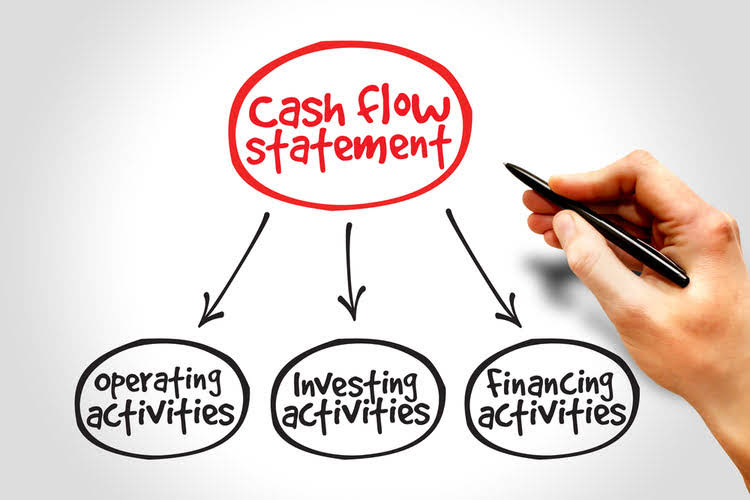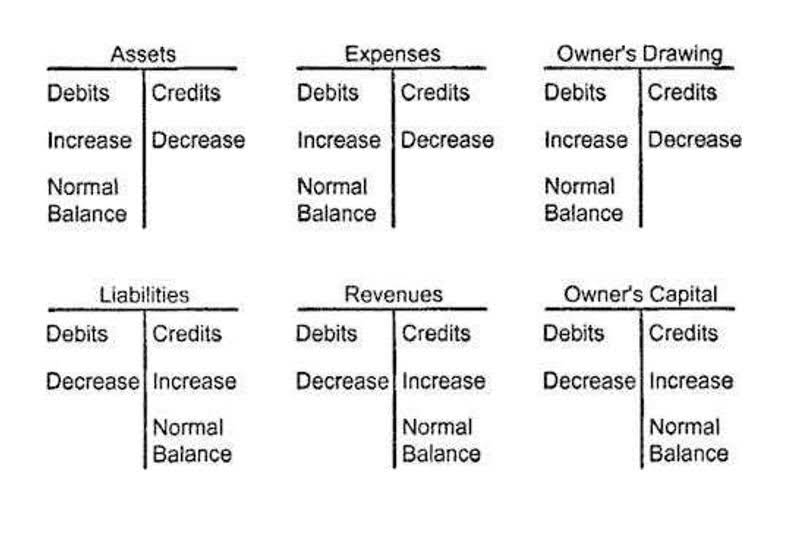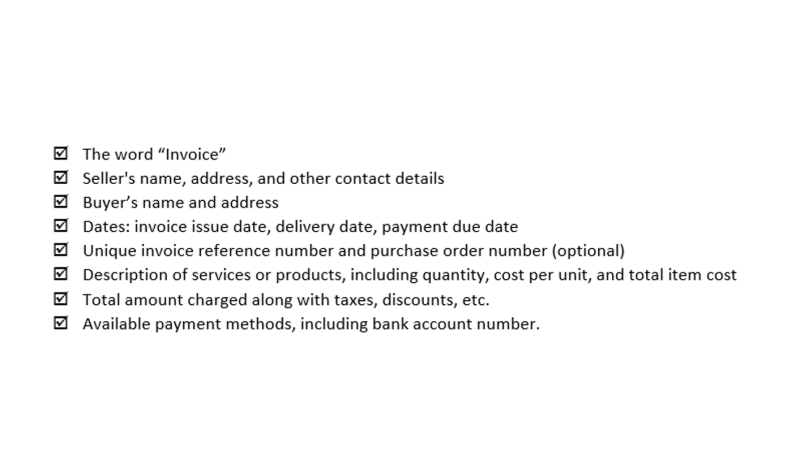How to Account for Discounted Bonds
Notice that under both methods of amortization, the book value at the time the bonds were issued ($104,100) moves toward the bond’s maturity value of $100,000. The reason is that the bond premium of $4,100 is being amortized to interest expense over the life of the bond. Let’s use the following formula to compute the present value of the interest payments only as of January 1, 2024 for the bond described above.
Calculating the Bond Discount Rate
In other words, the number of periods for discounting the maturity amount is the same number of periods used for discounting the interest payments. To obtain the proper factor for discounting a bond’s interest payments, use the column that has the market’s semiannual interest rate “i” in its heading. This column represents the number of identical payments and periods in the ordinary annuity.
Bonds Payable Issued at Par Journal Entry
- In this case, the business splits the loan into units called bonds, and for each bond a bond payable (note payable) is issued to the investor.
- The income statement for all of 20X3 would include $6,294 of interest expense ($3,147 X 2).
- The investors want to earn a higher effective interest rate on these bonds, so they only pay $950,000 for the bonds.
- He has been the CFO or controller of both small and medium sized companies and has run small businesses of his own.
Such discounts occur when the interest rate stated on a bond is below the market rate of interest and the investors consequently earn a higher effective interest rate than the stated interest rate. The second way to amortize the discount is with the effective interest method. This method is a more accurate amortization technique, but also calls for a more complicated calculation, since the amount charged to expense changes in each accounting period. Retirement of bonds is the process of a business repaying the amount of the bond to the investors. Retirement of bonds normally happens when the bond reaches its maturity date, but can happen at an earlier date if the terms of the bond permit.
Straight-Line Amortization of Bond Premium on Annual Financial Statements
When a corporation prepares to issue/sell a bond to investors, the corporation might anticipate that the appropriate interest rate will be 9%. If the investors are willing to accept the 9% interest rate, the bond will sell for its face value. If however, the market interest rate is less than 9% when the bond is issued, the corporation will receive more than the face amount of the bond. The amount received for the bond (excluding accrued interest) that is in excess of the bond’s face amount is known as the premium on bonds payable, bond premium, or premium.
The bond coupon rate is normally a fixed rate for the term of the bond and interest is usually paid every six months. Journal entries usually dated the last day of the accounting period to bring the balance sheet and income statement up to date on the accrual basis of accounting. It is reasonable that a bond promising to pay 9% interest will sell for less than its face value when the market is expecting to earn 10% interest. In other words, the 9% $100,000 bond will be paying $500 less semiannually than the bond market is expecting ($4,500 vs. $5,000). Since investors will be receiving $500 less every six months than the market is requiring, the investors will not pay the full $100,000 of a bond’s face value.
In computing the present value of a bond’s interest payments, “n” will be the number of semiannual interest periods or payments. While the issuing corporation is incurring interest expense of $24.66 per day on the 9% $100,000 bond, the bondholders will be earning interest revenue of $24.66 per day. With bondholders buying and selling their bond investments on any given day, there needs to be a mechanism to compensate each bondholder for the interest earned during the days a bond was held. The accepted technique is for the buyer of a bond to pay the seller of the bond the amount of interest that has accrued as of the date of the sale. For example, if a 9% $100,000 bond has a date of January 1, 2024 and it is sold on January 31, 2024, the buyer of the bond is required to pay the seller of the bond one month’s interest amounting to $750 ($100,000 x 9% x 1/12).
When Market Interest Rates Increase
When a bond is sold at a discount, the amount of the bond discount must be amortized to interest expense over the life of the bond. In our example, there will be interest payments of $4,500 occurring at the end of every six-month period for a total of 10 six-month or semiannual periods. This series of identical interest payments occurring at the end of equal time periods forms an ordinary annuity.
The discount is the difference between the amount received (excluding accrued interest) and the bond’s face amount. The difference is known by the terms discount on bonds payable, bond discount, or discount. If the company issues only annual financial statements and its accounting year ends on December 31, the amortization of the bond discount can be recorded on the interest payment dates by using the amounts from the schedule above. In our example, there is no accrued interest at the issue date of the bonds and at the end of each accounting year because the bonds pay interest on June 30 and December 31.
As we had seen, the market value of an existing bond will move in the opposite direction of the change in market interest rates. Finally, at the end of the 5 year term (the maturity date) the bonds have to be paid and the following journal completes the transaction. It is important to note that there is an inverse relationship between the market interest rate (i) and the bond price. When the market interest rate increases, the bond price decreases and vice versa. When a bond is issued at a premium, the carrying value is higher than the face value of the bond.
First, let’s assume that a corporation issued a 9% $100,000 bond when the market interest rate was also 9% and therefore the bond sold for its face value of $100,000. To determine how much discount the company should offer while issuing its bond, the concept of the TVM is applied. Accordingly, the issue price of a bond is the total present value of all coupon payments and the current value of the redemption amount. If the company issues the bond at a coupon rate, which is less than the market interest rate, the investor won’t buy the entity’s discount on bonds payable formula bonds because it will bring a lower return on his investment compared to the market. Further, in such a scenario, the entity will face challenges raising money through bonds.
Bonds payable are long term liabilities and represent amounts owed by a business to a third party. A business will issue bonds payable if it wants to obtain funding from long term investors by way of loans. The difference is the amortization that reduces the premium on the bonds payable account. It is also true for a discounted bond, however, in that instance, the effects are reversed. Another way to consider this problem is to note that the total borrowing cost is increased by the $7,722 discount, since more is to be repaid at maturity than was borrowed initially.
In our example, there will be a $100,000 principal payment on the bond’s maturity date at the end of the 10th semiannual period. The single amount of $100,000 will need to be discounted to its present value as of January 1, 2024. These interest rates represent the market interest rate for the period of time represented by “n“. Always use the market interest rate to discount the bond’s interest payments and maturity amount to their present value.
When Market Interest Rates Decrease
Note that under the effective interest rate method the interest expense for each year is decreasing as the book value of the bond decreases. Under the straight-line method the interest expense remains at a constant annual amount even though the book value of the bond is decreasing. The accounting profession prefers the effective interest rate method, but allows the straight-line method when the amount of bond premium is not significant.
Bonds that do not have specific collateral and instead rely on the corporation’s general financial position are referred to as unsecured bonds or debentures. The bond’s total present value of $104,100 should approximate the bond’s market value. Let’s use the following formula to compute the present value of the maturity amount only of the bond described above. The maturity amount, which occurs at the end of the 10th six-month period, is represented by “FV” . The difference between the face value of the bonds ($100,000) and the cash ABC Corporation receives ($98,000) is $2,000.
He has been a manager and an auditor with Deloitte, a big 4 accountancy firm, and holds a degree from Loughborough University. Our detailed brochure provides insights into how Remote Books Online can help you maintain accurate bookkeeping, stay tax-ready, and make informed financial decisions. Discover how our tailored bookkeeping services can support your business growth and simplify your financial management.
These fees include payments to attorneys, accounting firms, and securities consultants. These costs are referred to as issue costs and are recorded in the account Bond Issue Costs. Beginning in 2016, the unamortized amount of the bond issue costs are reported as a deduction from the amount of the liability bonds payable. Over the life of the bonds the bond issue costs are amortized to interest expense. To calculate the present value of the semiannual interest payments of $4,500 each, you need to discount the interest payments by the market interest rate for a six-month period.
- Present value calculations discount a bond’s fixed cash payments of interest and principal by the market interest rate for the bond.
- Therefore, you should always consult with accounting and tax professionals for assistance with your specific circumstances.
- This column represents the number of identical periods that interest will be compounded.
- This $8,500 return on an investment of $36,500 gives the investor an 8% annual return compounded semiannually.
This account is amortized over the life of the bond using methods such as the straight-line or effective interest method. A bond is sold at a discount when the coupon rate (the interest rate stated on the bond) is less than the prevailing market interest rates for similar bonds. In other words, investors would demand a discount on the purchase price to compensate for the lower interest payments they would receive. The bonds have a term of five years, so that is the period over which ABC must amortize the discount.











